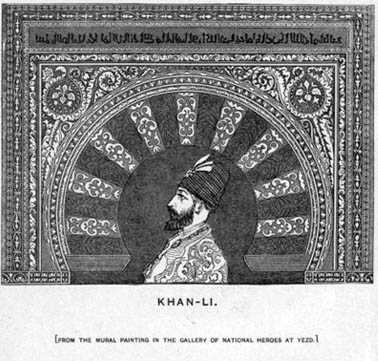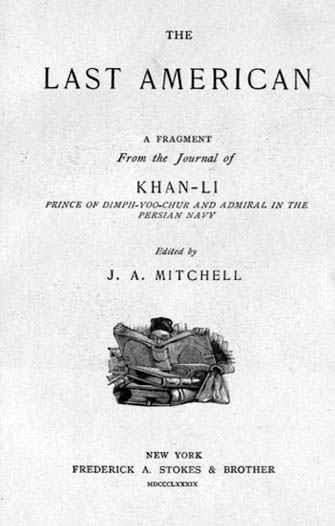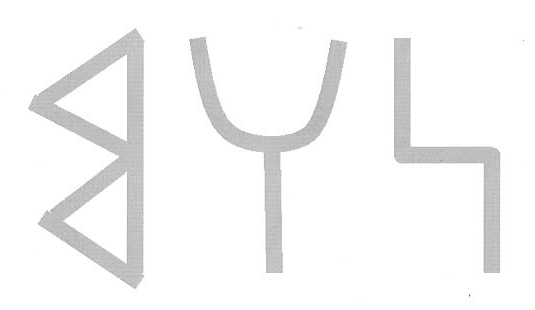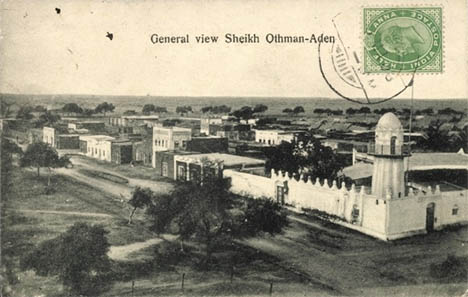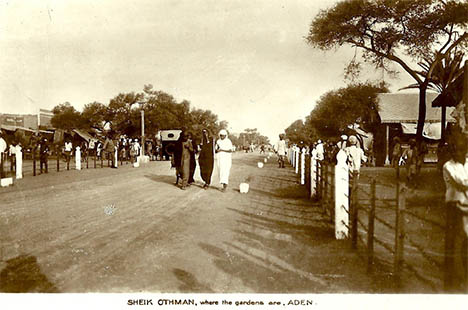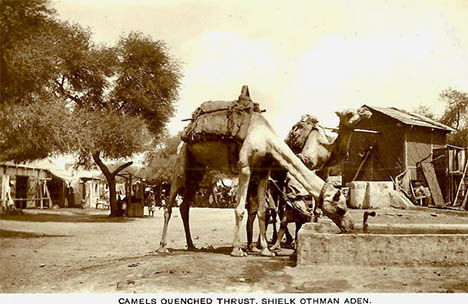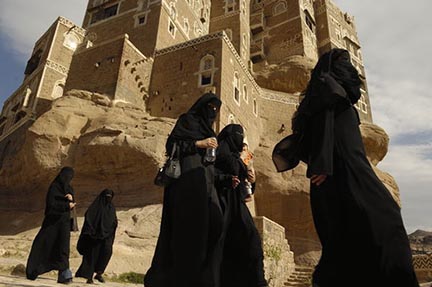
Christians around the world celebrate Easter with thoughts of the empty tomb and resurrection of Christ. But there is more. Weather permitting, children are let loose in their Sunday best to hunt for Easter eggs, adding a secular, healthy, dietary blessing to the baskets of chocolate bunnies and jelly beans waiting at home. Even the White House lawn is set for the annual Easter Egg Roll (minus the Christian Rock) on Monday. It is as though many Christians are not content to leave the tomb empty. Apparently egged on by the spring fever of long forgotten fertility rites, the main message of Christianity gets sidetracked to a debate of anything but intellectual designing: which comes first, the Easter egg or the Easter bunny?
Eggs are not the exclusive mystical domain of Christendom (although the ludicrous lengths taken to parade a sacred holiday into outrageous bonnets and Texas-shaped eggs suggest we have entered the dispensation of Christendumb). Secular folk and agnostics eat their eggs for breakfast with bacon, toast and diner coffee. But all God’s children like eggs, including Muslims with internet savy and a taste for the miraculous. Take a gander (but do not confuse his spouse’s eggs with those shown here) at the three eggs shown below. What do you see different in the middle egg than the ones on either side (hint: the left is from the 2007 White House State of the Union Eggroll and the right is from 2006 Easter Sunday):
 Continue reading Tabsir Redux: This is not an Easter Egg
Continue reading Tabsir Redux: This is not an Easter Egg
